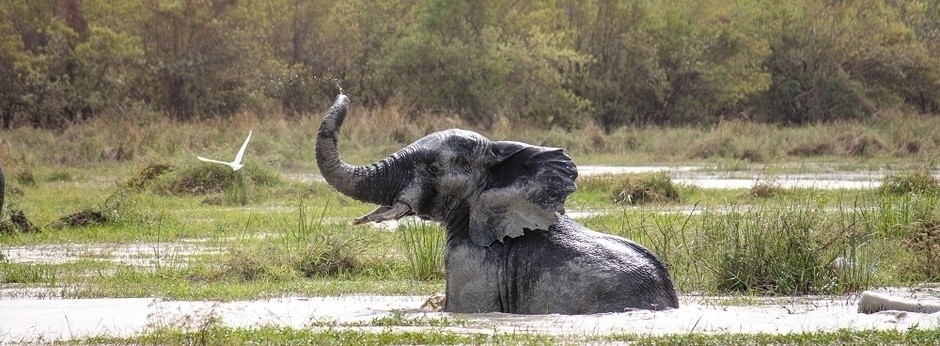Consisting of W national park in Niger, Arli National Park in Burkina Faso and Pendjari National Park in Benin, this trans-frontier national park is incredible important.

So what makes this place important?
About 90% of the west African lion population live here (remember that genetic differences are so minor, west African and central African lions are essentially the same subspecies – and have been shown to belong the the Asiatic lion sub-species. Asiatic and African lions have been shown to be the same species. This place consists of 3 national parks and about 14 hunting blocks. With a population that is numbered between 250 and 450 adult members, the total size of this lion population is not dissimilar to the Gir forest in India.
85% of this regions elephants also live within the reserve.
Leopards live within the reserve, along with cheetah and west African Manatee.
70 species of mammals have been recorded including in the complex including 10 species of antelope; four of Africa’s “Big Five” charismatic fauna: Lion Vulnerable to extinction, Elephant also vulnerable to extinction, Buffalo least concern and Leopard Vulnerable to extinction; and three species of primates.
The WAP Complex is also home to 460 bird species, 80 reptiles and 120 fish species and has a notable insect diversity. 110 species of mammals were reported in some meetings, but mission confirmed more precisely that 77 species of large mammals are found inside the Complex it is likely that this ignores some bats and other small mammals.
There are western African Giraffe in the area, and given only 600 of this species lives in the wild it is likely to be a significant proportion of the wild population.
Although it is hard to find an accurate estimate for the number of cheetah in the reserve, it is thought to be the only remaining long term viable population – there are only about 250 mature Saharan (west African) cheetah living in the wild. As such even a population of just 50 would be significant.
I hope to be able to add as many links as possible to make travel to this area easier to arrange. Do fill in the forms from the front page of the website, should you wish to list your wild opportunity in this area.
